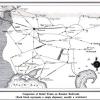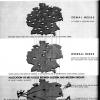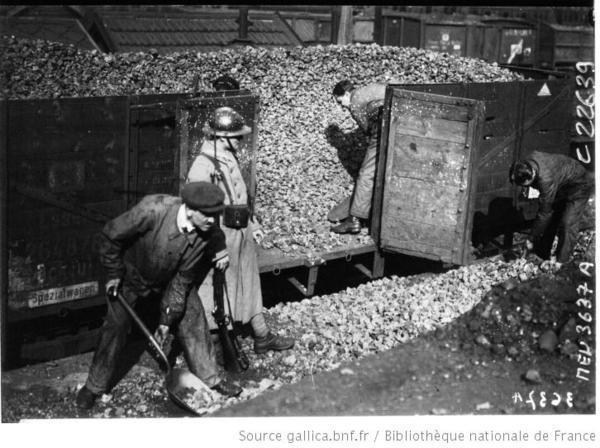Pyrrhic coking
After the First World War, France demanded large reparations of gold and goods from defeated Germany.
Among other commodities, France was to receive about twenty-six million tons of coal per year for a decade. This quantity represented her imports of German coal before the war as well as the pre-war output of French ruined mines in Alsace. Additionally, the victor demanded approximately ten million tons of coal annually from Saar fields, which were under French occupation.
The coal fields and the mining concessions were taken over by the French, but since the vast majority of workers and technical personnel were Germans, the requisition and shipment of coal was tightly controlled by the French army. The sixty billion-ton deposit would have served the French as reserves for years, assuming no change in its power needs.
The peace treaty allowed the French to build railways that they might deem necessary in order to connect the coal fields with France. In 1923, the French franc was introduced there as an official currency. However, the coal from Saar was not suitable for manufacturing coke, which was desperately needed by French heavy industry rebuilding after the losses caused by the First World War.
Although French technical journals and newspapers proudly reported in the early 1920s that their experts had discovered a process to coke the bituminous coal of the Saar Valley, the Germans considered the news an idle boast.
 Previous Story
Next Story
Previous Story
Next Story
How to cite this page
Slawomir Lotysz, 'Pyrrhic coking', Inventing Europe, http://www.inventingeurope.eu/story/pyrrhic-coking
Sources
- Russell, Frank M. The Saar: Battleground and Pawn. Stanford: Stanford University Press, 1951.




















